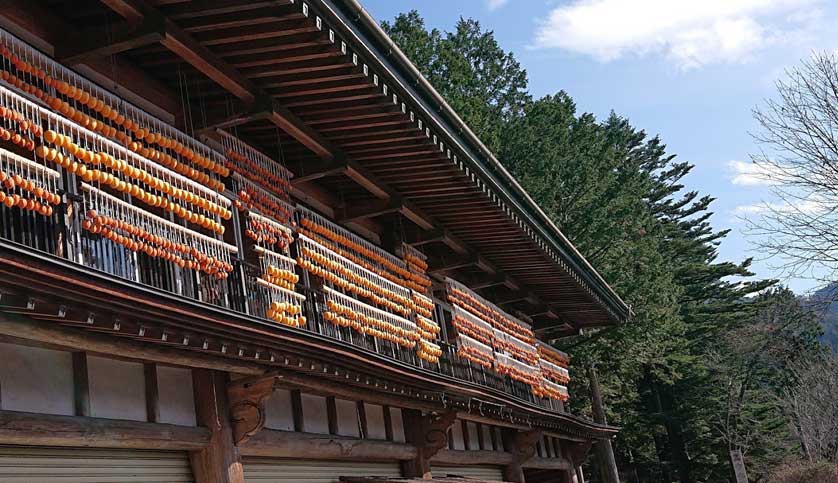Last night was one of my favorite matsuris. It was the Kids kagura matsuri in the nearby village of Ichiyama. We've been every year for the last 4 years, and as usual we had a great time.
I enjoy it partly because its great to see kids focus their energies on something other than video games, TV, or martial baseball, but its also enjoyable because of the friendliness and hospitality of the village. Of course free sake is a draw, as well as 50yen yakitori! The first dance (photo above) is always the purification, Shioharae, and this is where the youngest kids start. This year the 4 dancers were all elementary school students.
The second dance, the welcoming the kami, was performed by 2 10 year old boys who were a little more seasoned than the first 4.
In between the dances the kagura group leader introduced some of the new costumes the group had acquired. They had received a grant from a foundation in Tokyo. The outfit above cost more than $8.000. Figuring in the pants, undershirt, wigs, masks, and other paraphenalia, a kagura dancer can be wearing up to $20,000 worth of costume. Mostly this is paid for by donations from the villagers.
The canopy above the dancers is called a tengai, and the kami descend through the paper streamers to "possess" the dancers. The dancer in the Hachiman dance above is 14 years old.
Of course, my favorites are the Oni,.. the demons, the ogres... with the continued depopulation of the villages, there are fewer kids to dance nowadays, so for some of the larger dances adults have to dance the parts.














